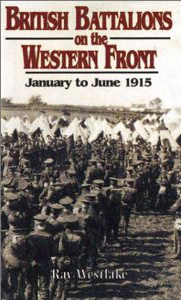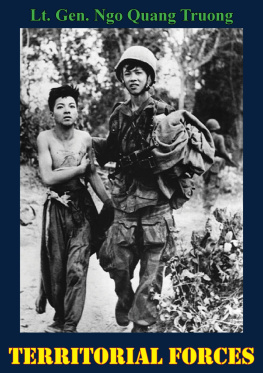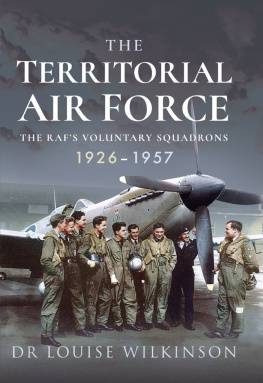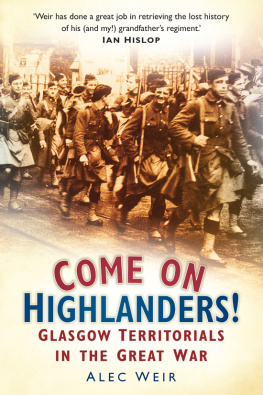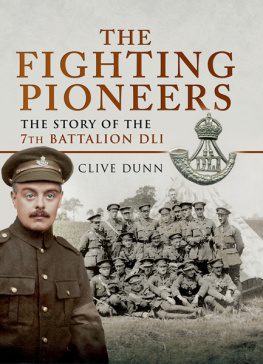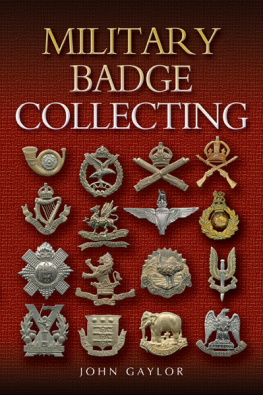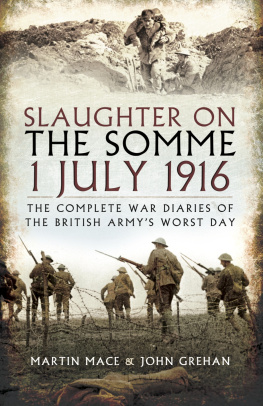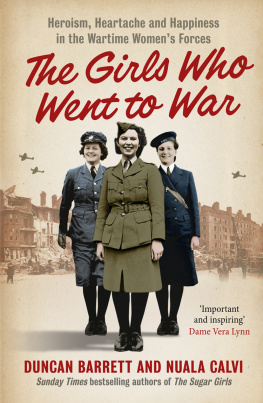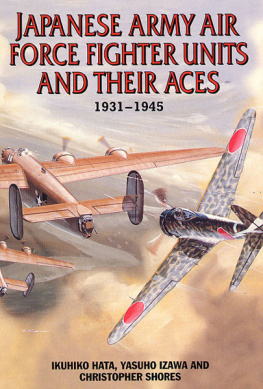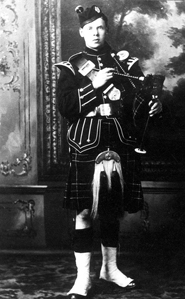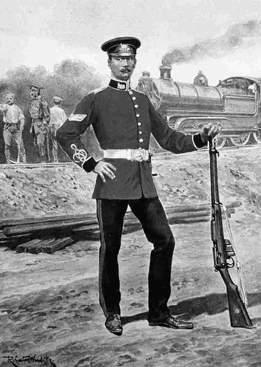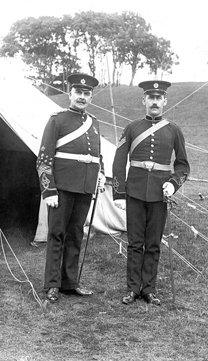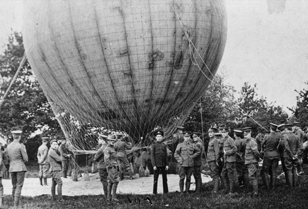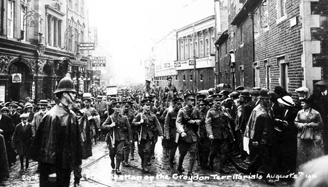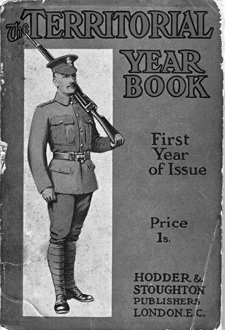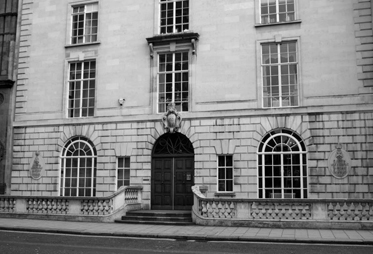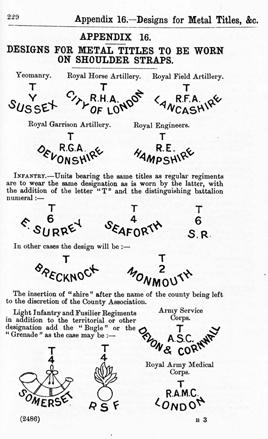Ray Westlake - The Territorials, 1908–1914: A Guide for Military and Family Historians
Here you can read online Ray Westlake - The Territorials, 1908–1914: A Guide for Military and Family Historians full text of the book (entire story) in english for free. Download pdf and epub, get meaning, cover and reviews about this ebook. year: 2012, publisher: Pen & Sword Books, genre: Home and family. Description of the work, (preface) as well as reviews are available. Best literature library LitArk.com created for fans of good reading and offers a wide selection of genres:
Romance novel
Science fiction
Adventure
Detective
Science
History
Home and family
Prose
Art
Politics
Computer
Non-fiction
Religion
Business
Children
Humor
Choose a favorite category and find really read worthwhile books. Enjoy immersion in the world of imagination, feel the emotions of the characters or learn something new for yourself, make an fascinating discovery.
- Book:The Territorials, 1908–1914: A Guide for Military and Family Historians
- Author:
- Publisher:Pen & Sword Books
- Genre:
- Year:2012
- Rating:3 / 5
- Favourites:Add to favourites
- Your mark:
The Territorials, 1908–1914: A Guide for Military and Family Historians: summary, description and annotation
We offer to read an annotation, description, summary or preface (depends on what the author of the book "The Territorials, 1908–1914: A Guide for Military and Family Historians" wrote himself). If you haven't found the necessary information about the book — write in the comments, we will try to find it.
The Territorials 19081914 is a unique, comprehensive record of the part-time soldiers who made up the Territorial Force that supported the regular army in the years immediately before the outbreak of the First World War. Previously information on the history and organization of these dedicated amateur soldiers has been incomplete and scattered across many sources but now, in this invaluable work of reference, Ray Westlake provides an accessible introduction to the Territorial Force and a directory of the units raised in each county and each town. The origin, aims and organization of the Territorial Force are described as well as the terms of service, recruitment, equipment and training. But the bulk of the book consists of details of over 600 Territorial units plus a comprehensive account of every city, town or village associated with them. Essential information on the all the infantry formations is supplied, but also covered are the yeomanry, the artillery, the engineers, the Royal Army Medical Corps and the Army Service Corps. Ray Westlakes historical guide of the Territorial Force the forerunner of the present-day Territorial Army - will be of enduring value to military and family historians.
Ray Westlake: author's other books
Who wrote The Territorials, 1908–1914: A Guide for Military and Family Historians? Find out the surname, the name of the author of the book and a list of all author's works by series.



